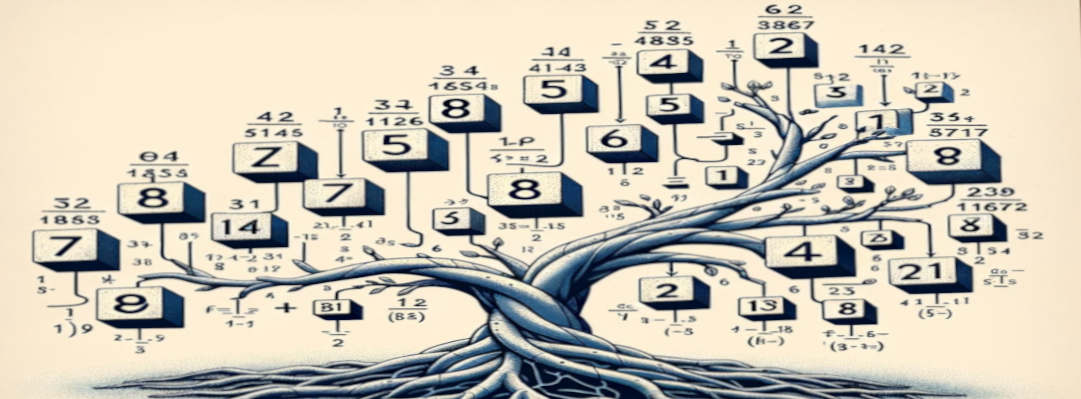Deterministic and Indeterministic Processes, Probabilities and Chance SummaryIn this introductory class to Probability Theory, we will explore the connection between deterministic and indeterministic processes and their relationship with probabilities and chance. We will see how processes in nature are classified into two mutually exclusive species and how they are understood...
Understanding the Sample Space in Probability Theory SummaryIn this lesson, we explore the concept of Probability Space, a mathematical structure consisting of a Sample Space, Sigma-Algebra, and Probability Measure. We examine the Sample Space in detail, understood as the collection of all possible states of a random process. Through practical...
What is a Sigma-Algebra? Definition and Examples SummaryThis class discusses the importance of sigma-algebra in probability theory. Sigma-algebra is a structure that contains all measurable events in a sample space, enabling the definition of a probability measure. Practical examples, such as coin tosses and the lifespan of an electronic device,...
A First Approach to Numerical Sets - ToposUranos.com A First Approach to Numerical Sets: From Naturals to Complex Summary:In this class, we will explore how natural numbers can be used as the basis for constructing other numerical sets to overcome certain operational limitations. We will start with the integers, which...
Operations with Natural Numbers and Order Relations Summary: In this class, we will delve into natural numbers and their basic operations, starting with the origin and properties of addition, multiplication, and exponentiation, in relation to Peano's Axioms. We will examine key properties such as commutativity, associativity, distributivity, and rules for...
Algebraic Functions of Real Numbers Summary: In this class, we will explore algebraic functions, their definition, properties, and applications. These functions are fundamental in various areas of mathematics and have broad practical applications. LEARNING OBJECTIVES By the end of this class, the student will be able to: 1. Define and...
Key Properties of Probability Measure SummaryIn this class, we present the basic definitions of probability theory, including probability measure and sigma-algebra. Additionally, we explore the notion of probability as a limit of relative frequencies, using the example of rolling a six-sided die. Through the relative frequency function, it is demonstrated...
Counting Techniques: Permutation, Variation, and Combination AbstractIn the study of probabilities, counting techniques are fundamental tools for measuring the cardinality of the sample space and the event to be measured. In this context, the techniques of combination, variation, and permutation are the most used due to their ease of use...
The Stirling Formula The Stirling formula is an essential tool for simplifying calculations with factorials of large numbers, offering a quick and practical approximation. This result is especially useful in areas such as thermodynamics, probability, and asymptotic analysis, where working with extremely large numbers is common. Understanding its derivation not...
Polynomial Algebra of Real Numbers Summary: In this class, we will explore polynomial algebra, its definition, properties, and applications. Polynomials are a fundamental part of mathematics and have broad applications in various disciplines. LEARNING OBJECTIVES By the end of this class, the student will be able to: 1. Define and...










